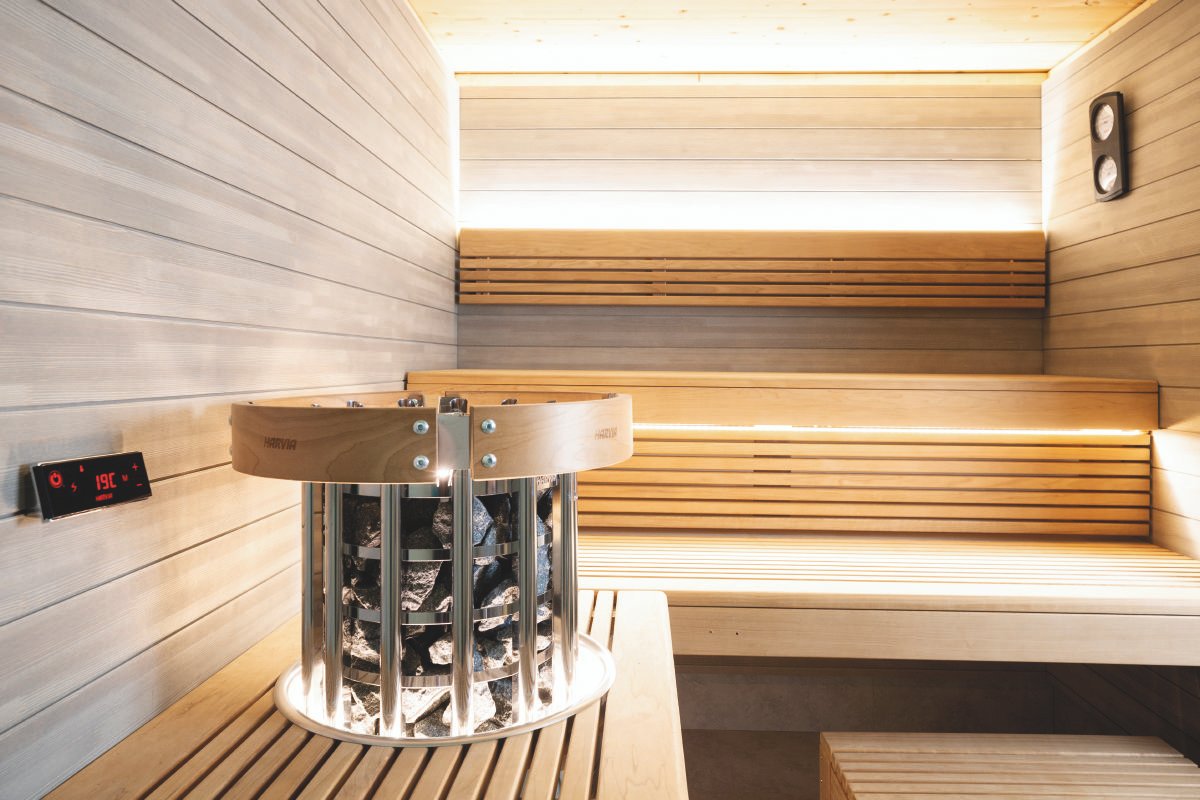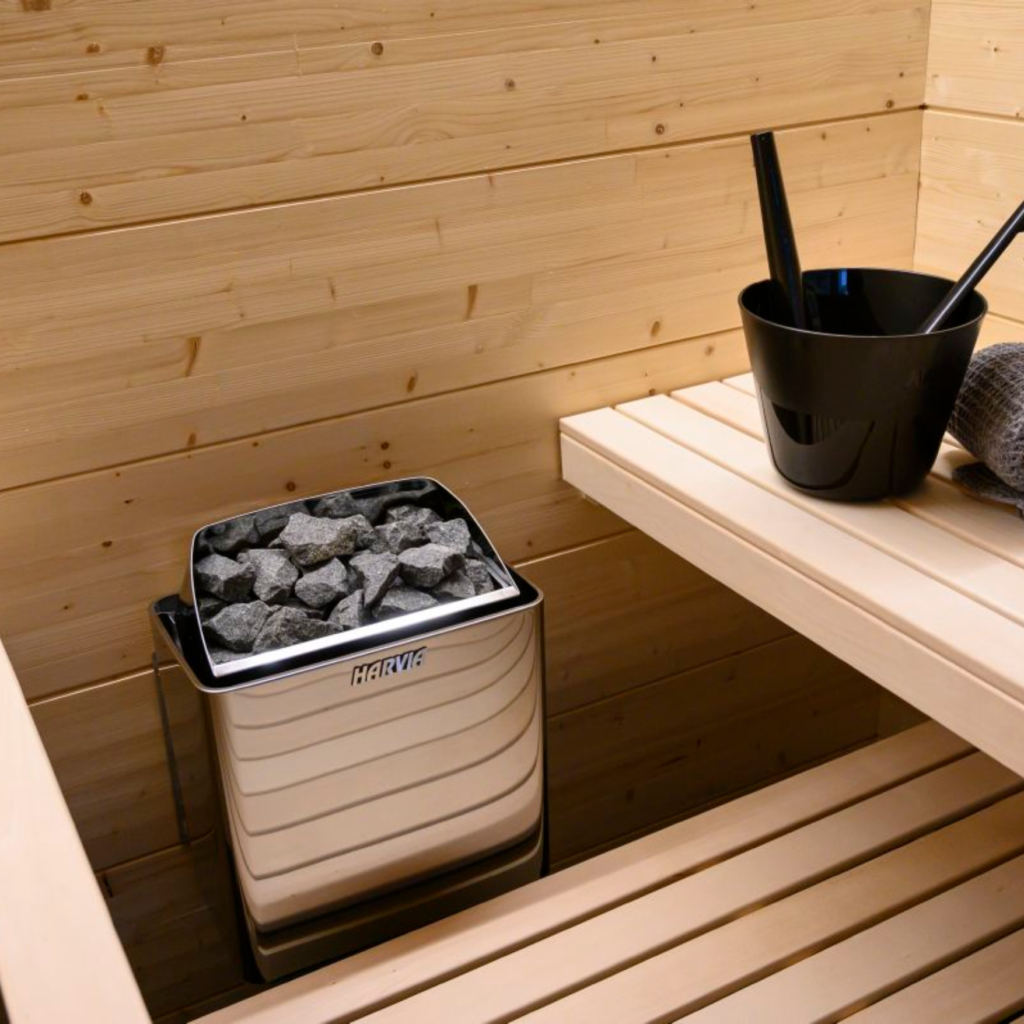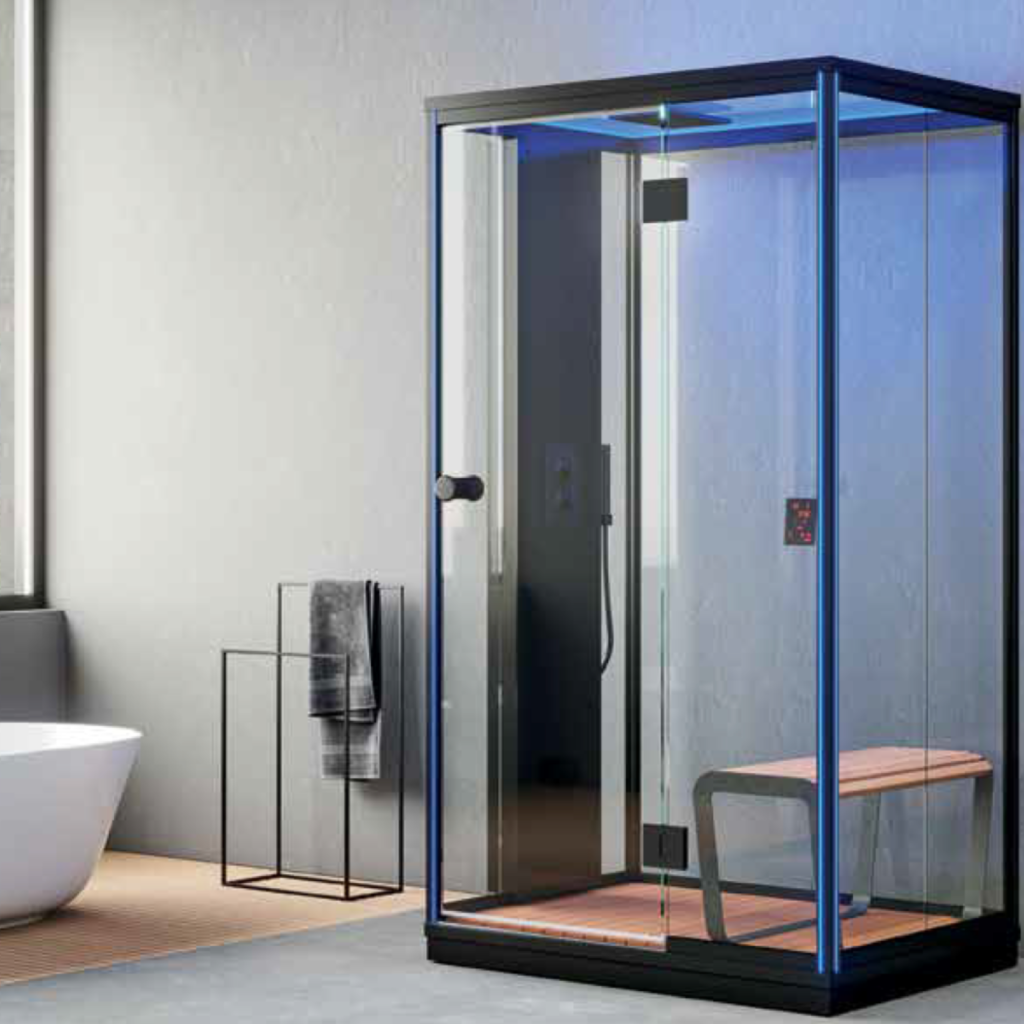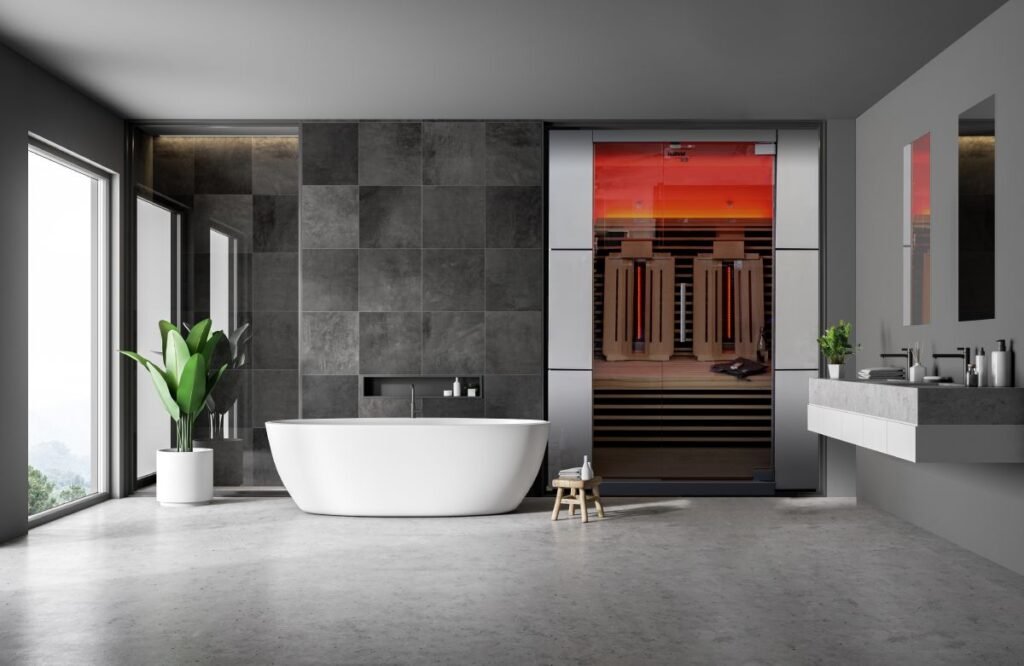The Ultimate Guide to Saunas: Understanding Traditional, Steam, and Infrared Saunas, and How to Choose the Perfect One for You

A sauna is an enclosed space that is typically used for relaxation and therapeutic purposes. It is designed to create a high-temperature and low-humidity environment. Saunas have been an integral part of nordic culture for centuries serving as a way of life due to its various health benefits. Recognising its potential, today, saunas have become widespread across many cultures worldwide.
The heat inside a sauna is usually generated by a heater, often fueled by electricity, wood, or infrared technology. The walls and benches inside the sauna are typically made of wood, which helps retain the heat.
To use a sauna, individuals sit or lie down in the heated room and allow their bodies to perspire. This sweating process helps to cleanse the body and may provide various health benefits, such as improving circulation and quality of sleep, promoting relaxation, relieving muscle tension, and supporting detoxification. It is important to note that while saunas can offer multiple health benefits, it is essential to stay hydrated during its practice and not overexpose oneself to excessive heat. Additionally, doctor consultation is recommended for individuals with certain medical conditions, such as high blood pressure and heart diseases.

Traditional Sauna
A traditional sauna, also known as a Finnish sauna, is the conventional type of sauna that has been used for centuries in Finland and other Nordic countries. It typically consists of a small, enclosed room made of wood, with wooden benches for individuals to sit or lie on. The heat in a traditional sauna is generated by a sauna heater that heats rocks, which then radiate the dry heat throughout the room. Water can be poured over the hot rocks to create steam, increasing the humidity inside the sauna.

Steam Sauna
Steam sauna has a steam generator that forms steam in the sauna, so that the humidity in the room reaches up to 100%. This is often called wet heat saunas. In contrast to traditional saunas, the temperature is lower, roughly between 40–60 °C.

Infrared Sauna
An infrared sauna, on the other hand, is a newer type of sauna that uses infrared heaters to emit infrared light, which is absorbed by the body to produce heat. It mimics the warming effect of sunlight without containing the harmful UV rays. The infrared light have the ability to penetrate the skin directly, resulting in the direct heating of the body without causing a substantial increase in the temperature of the surrounding air. This is in contrast to a traditional sauna, where the high temperature from the heater is used to heat the body from the outside. Harvia’s infrared panels use infrared elements to radiate heat of differing wavelengths depending on the infrared category: near, mid, or far. Owing to the low humidity inside infrared sauna cabins, individuals can conveniently engage in activities like reading a book or listening to music during a sauna session without concerns of potential damage to books or audio devices.
Traditional Sauna VS Infrared Sauna – Key Differences
| Traditional Sauna | Infrared Sauna | |
| Mechanism | Traditional saunas use a stove or heater to heat rocks, which then heat the air around the sauna room. | Infrared saunas use infrared heaters to directly heat the body. |
| Temperature | The temperature in a traditional sauna is typically between 70-100°C. | Infrared saunas operate at a much lower temperature of 30-65°C. |
| Humidity | Traditional saunas can have lower humidity levels with the use of dry heat but can go to higher humidity levels with the use of water on hot rocks (steam). | Infrared saunas have very low humidity. |
| Heat-Up Time | Traditional saunas may take up to 30-45 minutes to fully heat up. | Infrared saunas are quicker to heat up. Just turn the power on and the panels will warm up and be ready for use almost immediately. |

How to Choose the Right Sauna for me?
It’s important to note that traditional saunas, steam saunas and infrared saunas offer several potential health benefits, such as relaxation, improved circulation, temporary relief from muscle soreness, improved quality of sleep and much more. The choice between the different types of saunas often comes down to personal preferences, heat experiences, health considerations, space availability, and cost.
If you have any further questions or require support in choosing the right type of sauna experience for you, please visit the link here.



[…] are available; their differences, their features, and their benefits. You can head to our blog ‘The Ultimate Guide to Saunas’ to get to know the saunas that we offer. Once you become familiar with the different saunas, you […]